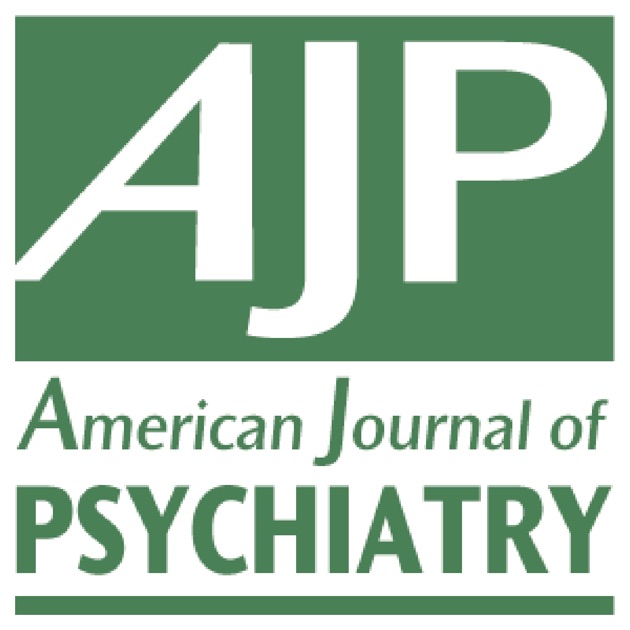
“Tetrahydrocannabinol (THC) and Cannabidiol (CBD) are two substances from cannabis sativa that have been implicated in the treatment of mental and neurological disorders.
We concentrated on a previously validated neuroimaging phenotype, fronto-striatal connectivity across different striatal seeds, because of this loop’s relevance to executive functioning, decision making, salience generation and motivation and its link to various neuropsychiatric conditions. Therefore, we studied the effect of THC and CBD on fronto-striatal circuitry by a seed-voxel connectivity approach using seeds from the caudate and the putamen.
We conducted a cross-over pharmaco-fMRI study in 16 healthy male volunteers with placebo, 10 mg oral THC and 600 mg oral CBD. Resting state was measured in a 3 T scanner. CBD lead to an increase of fronto-striatal connectivity in comparison to placebo.
In contrast to our expectation that THC and CBD show opposing effects, THC versus placebo did not show any significant effects, probably due to insufficient concentration of THC during scanning.
The effect of CBD on enhancing fronto-striatal connectivity is of interest because it might be a neural correlate of its anti-psychotic effect in patients.”









